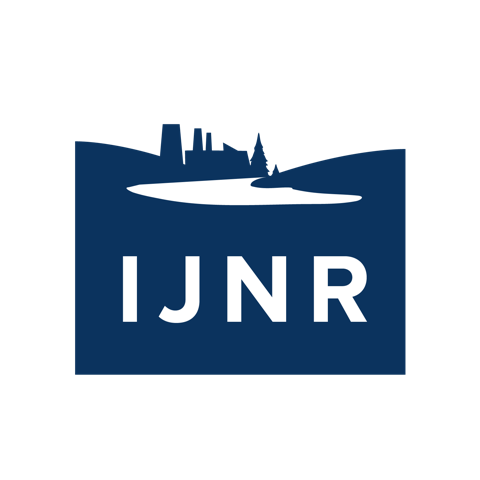PFAS:
A Virtual Workshop
for Journalists
January 27+28, 2021
11am - 4:30pm (Eastern)
PFAS are a group of thousands of man-made chemicals - including PFOA, PFOS, GenX, and many more - used in everything from coatings on cooking wear, to fire retardant clothing, to non-stick food packaging. They are also nearly indestructible and move easily into the environment. Manufactured and used in a variety of industries around the globe, including in the United States, since the 1940s, PFAS have emerged as a serious environmental health concern in recent years due to their carcinogenic impact on humans and animals.
In January 2021, the Institute for Journalism & Natural Resources held an online workshop for journalists that explored the environmental history and human health impact of the class of chemicals known as PFAS.
Over the course of this two-day workshop, journalists heard from experts from the across the country who have worked to better understand the impact of these “forever chemicals,” track their movement through the environment and human bodies, and reign in their use. Participants also had the chance to hear from some of the public health officials, scientists and resource managers tasked with tackling this problem. They also heard the stories of community activists who have been impacted by chemical toxicity directly. We dove into the many ways that PFAS chemicals have been used in military, manufacturing, and life-protection activities, and how those uses have led to their proliferation in community drinking water and food - leading to an estimated 99% of Americans having measurable levels of PFAS in their blood.
Participants in the workshop engaged directly with experts, citizens, business leaders, scientists and veteran reporters of the PFAS “beat” to get up to speed on this complex issue.
Itinerary
Participating journalists
Post-Workshop Stories
Support for this workshop provided by the Joyce Foundation and the Walton Family Foundation.
IJNR maintains editorial independence and control in all of its programming and decision-making.
